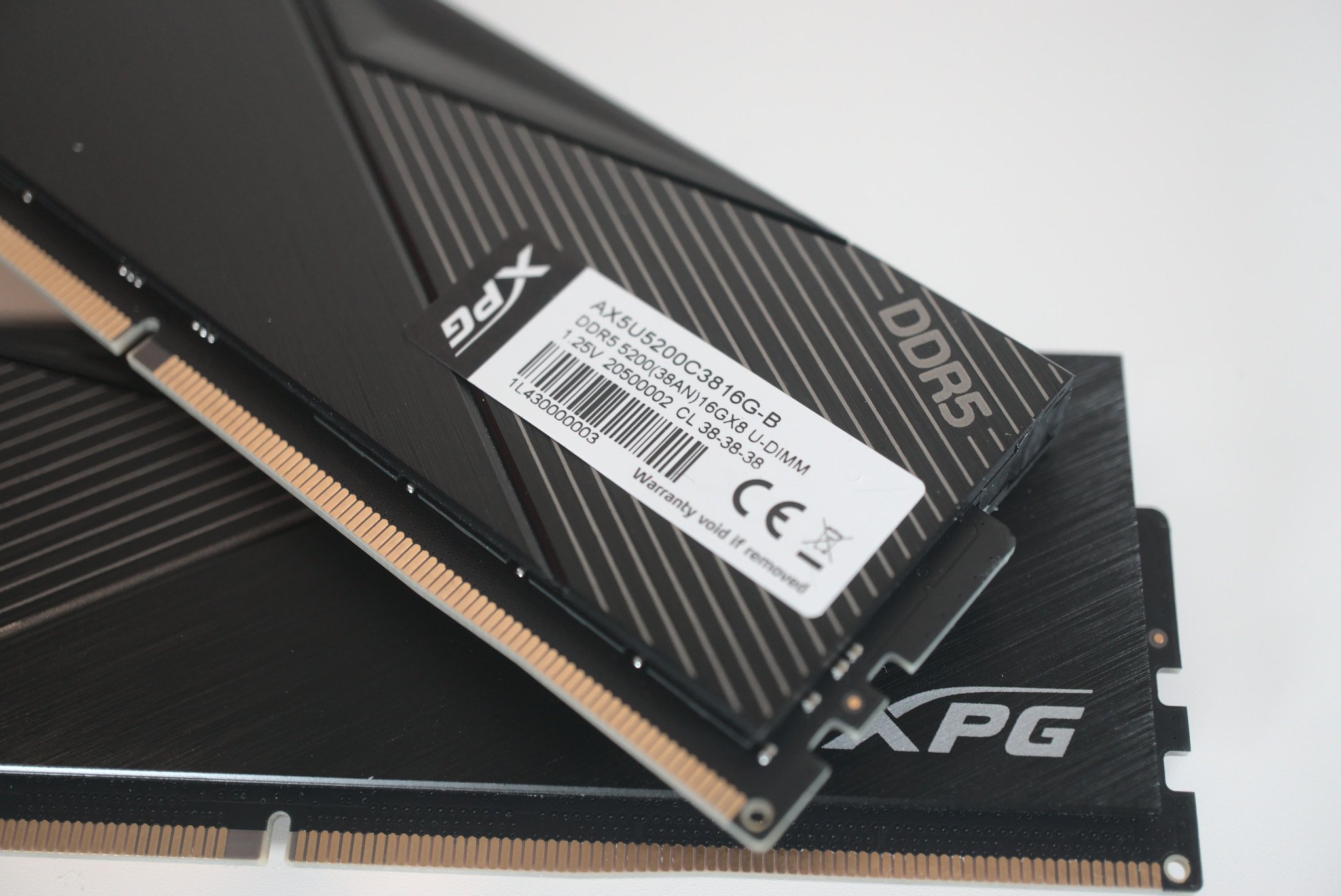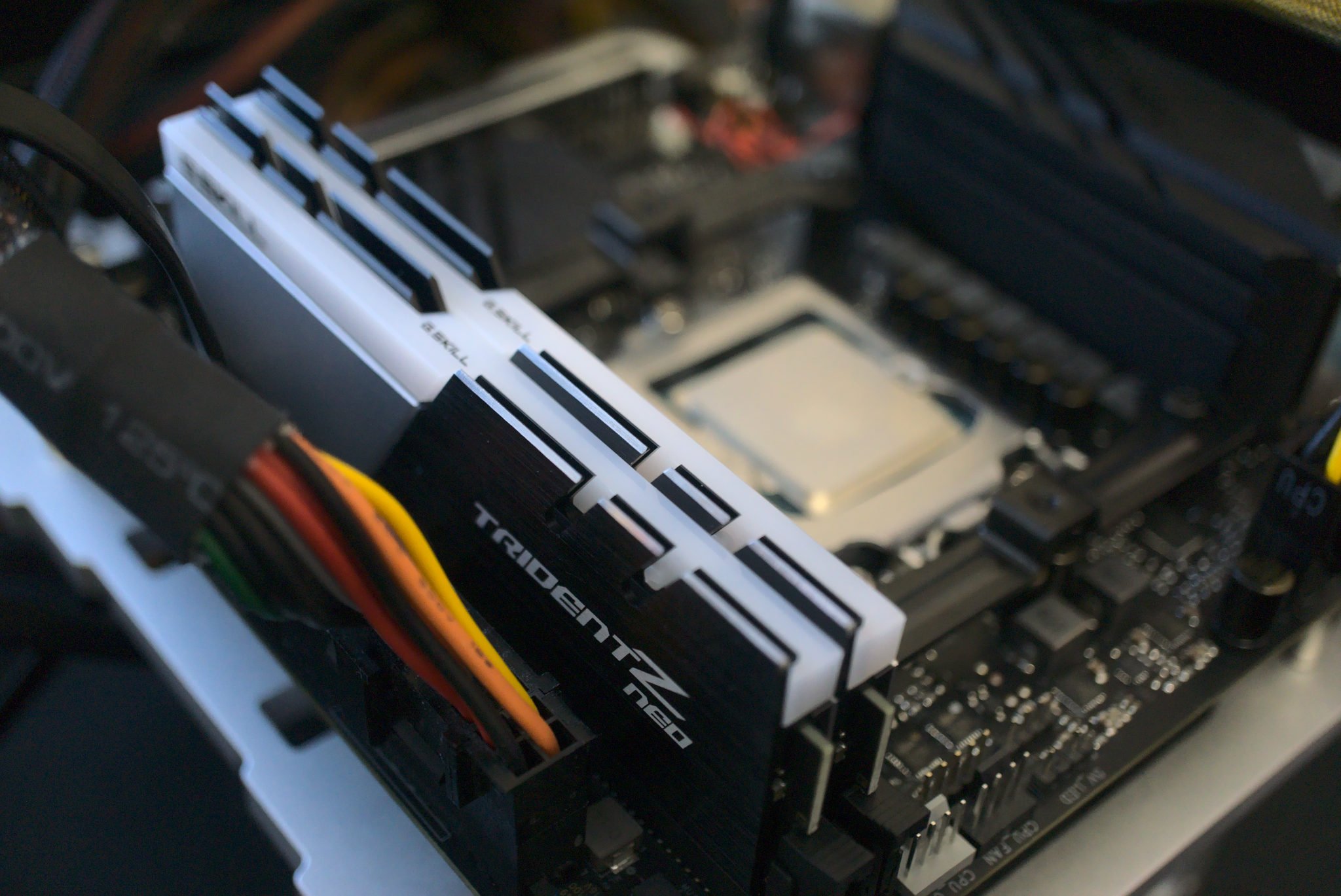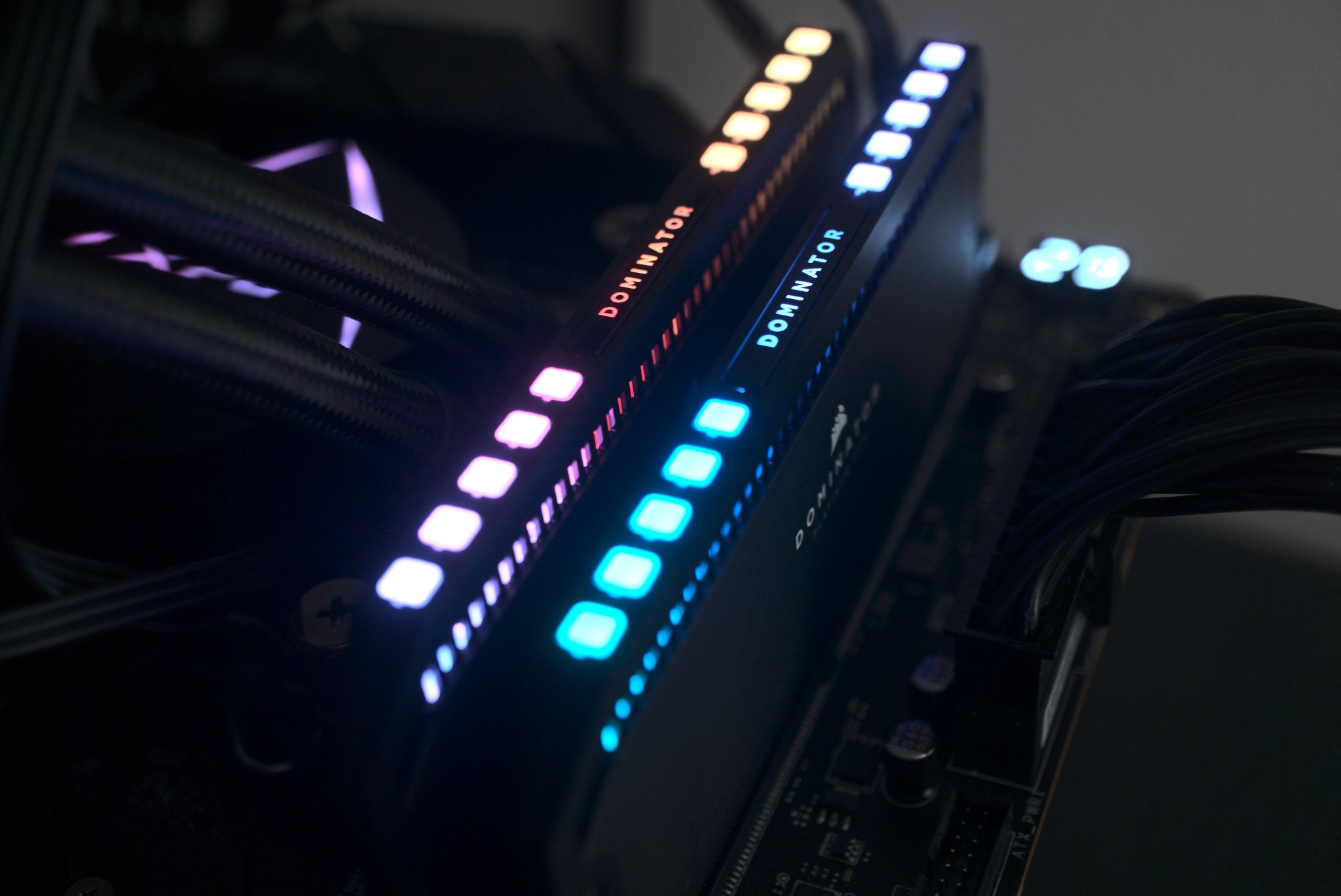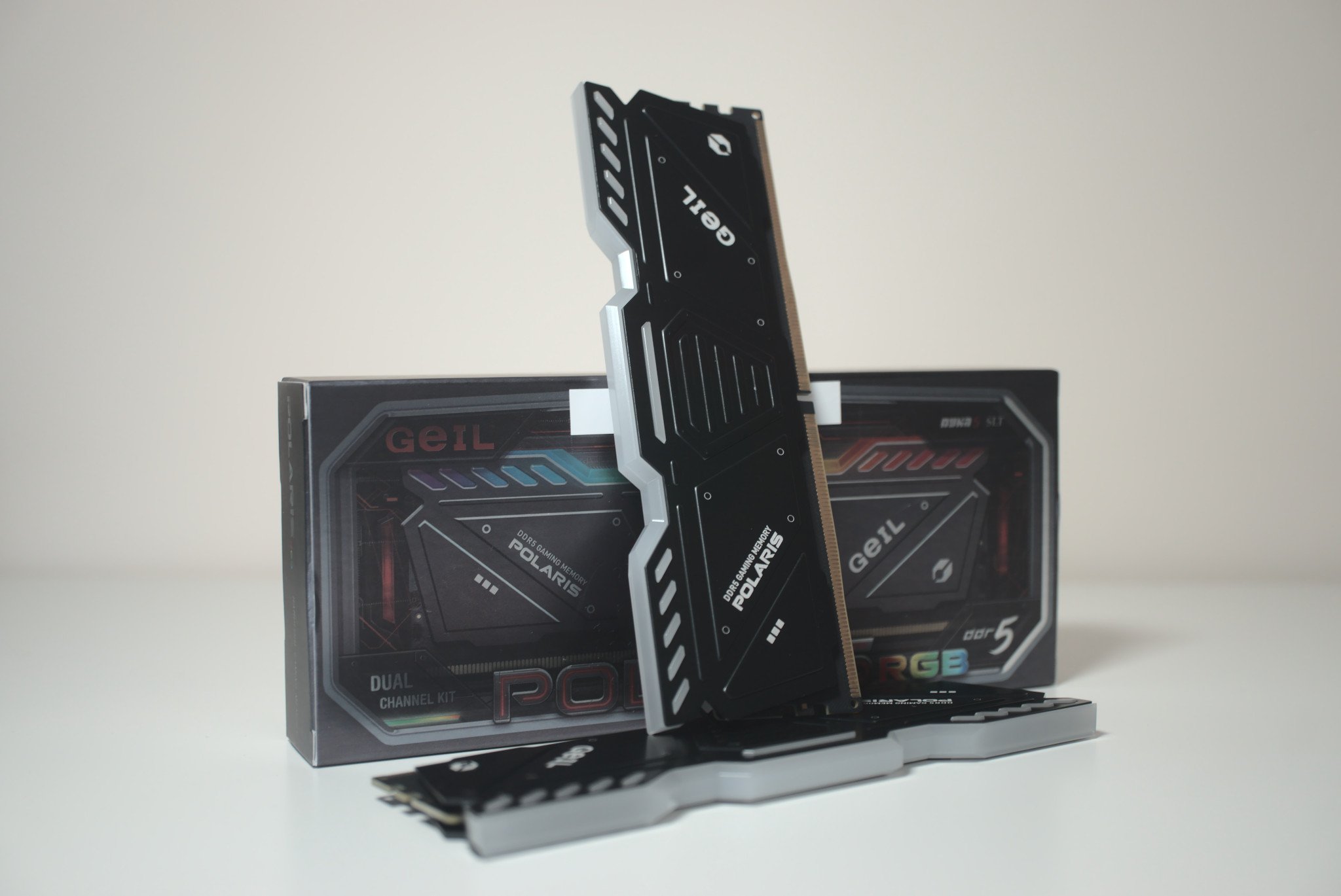 Source: Rich Edmonds / Windows Central
Source: Rich Edmonds / Windows Central
PCs and their components are continuously evolving to deliver better performance. Synchronous Dynamic Random-Access Memory (SDRAM) — the stuff that allows for fast but temporary storage in your PC — is no different, and over the years Double Data Rate (DDR) SDRAM has moved through generations. Up until recently, the most current common form of SDRAM was DDR4, which came after DDR3 and so on.
While Samsung is apparently already working on DDR6 SDRAM, the DDR5 generation has only just come into focus with the release of 12th Gen Intel Core “Alder Lake” desktop processors. These CPUs are so far the only mainstream chips compatible with DDR5 memory, though that’s expected to change in the near future.
Let’s take a look at how DDR5 RAM compares to the older (but still relevant) DDR4 RAM, as well as where it’s compatible and whether it’s worth the upgrade.
Major differences between DDR4 and DDR5 RAM

SDRAM speed is generally measured in data rate and clock rate, and there are a few key terms here to help make sense of the numbers. RAM data rate is measured in Megatransfers per second (MT/s), especially in official documents or when new products are revealed by major manufacturers. This measurement is not seen nearly as often for commercial listings, and if you’ve shopped for RAM before you’re no doubt accustomed to something like “DDR4-3200MHz” being the standard naming convention.
Where does the “3200MHz” number come from in this case? The MHz measurement has sort of informally become the go-to for the data rate as well, which is why we generally see advertised numbers between 1,600MHz (MT/s) and 3,200MHz (MT/s) for DDR4 RAM. DDR4 clock rates generally range from 800MHz to 1,600MHz, and you can see where the “double data rate” in DDR comes from. Because the bus is transferring on either end of clock cycle (the up and the down), it’s effectively doubling the MT/s rate. Overclocking can push these numbers higher, and something like the excellent Corsair Vengeance LPX sells at a 3,600MHz (MT/s) speed.
DDR5 improves on DDR4 with both data and clock rates. DDR5 data rates generally operate in a range from 4,800MHz (MT/s) to 8,400MHz (MT/s), with the latter number already rising as the technology matures. For DDR5, clock rates also pick up where DDR4 leaves off, with a range of 1,600MHz to 4,800MHz.
Capacity, channels, and efficiency

Each stick of RAM (also called a DIMM) consists of a bunch of separate integrated circuit modules (or dies) depending on the RAM’s capacity. Whereas DDR4 had a maximum die density of 16Gb, DDR5 quadruples that number to 64Gb. This translates to DDR5 RAM sticks with much more overall capacity than DDR4. As our need for more memory increases, sticks of RAM with more than 64GB capacity will scale with DDR5.
While the overall data width for DDR4 and DDR5 remains the same, DDR5 channel architecture has changed. Each DIMM now has two channels instead of just one, improving efficiency by allowing the CPU to simultaneously access the same stick of RAM more than once. DDR5 also doubles up on burst chop and burst length compared to DDR4. Combined with the dual-channel nature of each DDR5 DIMM, this further improves efficiency.
DDR4 RAM power management is handled by the motherboard. This changes with DDR5, where there’s a power management integrated circuit (PMIC) built right onto the stick of RAM. This helps ensure that power isn’t being wasted on DIMMs that don’t need as much juice. And finally, DDR5 runs at a lower voltage than DDR4. It’s not a huge change, but the drop from 1.2V to 1.1V will be much more evident in smaller devices.
DDR5 real-world performance
DDR5 RAM offers some enticing improvements on paper, but how does this translate to real-world performance? In our Corsair Dominator Platinum RGB DDR5 and XPG Lancer DDR5 reviews, RAM-master Rich Edmonds tested raw performance across a bunch of benchmarks.
Facing these two DDR5 kits up against G.SKILL Trident Z Neo DDR4-3600 RAM delivered some unsurprising results. Performance was nearly on par save for a couple of tests. Transfer rates are excellent, but the higher latency (C38 for Corsair and XPG DDR5 kits) means there’s still not a huge difference between DDR4 and DDR5. It’s the very early days for DDR5 technology, and it still has a long way to go before it reaches the same maturity that DDR4 is currently enjoying.
Compatibility, availability, and pricing

DDR5 RAM is currently compatible with Intel’s 12th Gen “Alder Lake” processors, including the Intel Core i5-12600K, Intel Core i7-12700K, the Intel Core i9-12900K, and their KF counterparts. These CPUs are actually also compatible with DDR4 RAM, though motherboards will only work with one type of RAM. You will have to decide before investing in a new motherboard.
Yes, the CPU socket has changed, so all 12th Gen Intel chips need an updated board. Prices for motherboards with DDR4 and DDR5 support differ quite a bit, which is evident in our roundup of the best motherboards for the Intel Core i5-12600K.
Due to stock shortages, buying DDR5 RAM right now is almost impossible. And even when it is available, it’s significantly more expensive than DDR4 RAM. Our collection of the best RAM for 12th Gen Intel CPUs, which includes both DDR4 and DDR5 options, again demonstrates some of the price disparity.
Investing in DDR5 RAM right now makes sense if you have a larger budget and can actually find stock. Many people don’t mind being an early adopter, and DDR5 has the potential to truly blow DDR4 away. If you’re on a tighter budget but still have a 12th Gen Intel setup, it’s clear that high-end DDR4 can keep up with current DDR5 performance. Our list of the best DDR4 RAM can help you get what you need if you choose not to adopt DDR5 in its current state.

Review: Enjoy playing Cyberpunk 2077? You’ll LOVE this PC case.
NZXT’s latest limited-edition CRFT case is the H710i Cyberpunk, which is the same H710i we reviewed favorably with a Cyberpunk 2077 theme. It’s gorgeous, a joy to build a PC inside, and will perform admirably even with more power-hungry hardware contained within.




